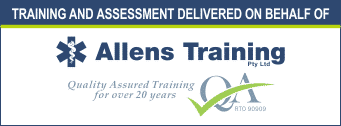You really can use CPR to save a life!
Imagine you are at home, enjoying a dinner with the family. You are chatting with the kids about how their days went as your husband starts clearing the plates. He walks over to clear your son’s plate when he suddenly collapses.
You instinctively jump out of your chair and rush to check if he’s okay. He’s not responding, is not conscious and you can’t detect any breathing. The kids are panicking and you have no idea what to do. You remember doing a First Aid course a couple years back, but it was so long ago and you’re not too sure what that CPR slide on the PowerPoint said…
Hang on. What are the chances of something like this ACTUALLY happening? If it did happen, wouldn’t you just need to call 000 and wait for the paramedics to come?
CPR or cardiopulmonary resuscitation certification is more important than you may think, for example:
- your child hits their head on the way down the stairs and becomes unconscious and is not breathing
- you are at the footy and your son takes a heavy tackle, is knocked unconscious and is now not breathing
- your Dad has a stroke and is unconscious and not breathing normally
- a neighbour suddenly collapses and stops breathing.
What can you do? CPR training is critical for these situations all of which lead to sudden cardiac arrest
It is estimated that over 30,000 sudden cardiac arrests (outside of a hospital) occur in Australia per year. It is estimated that 70% occur in the home (Heart Foundation, 2017).
More importantly, it is vital that the non-breathing casualty receives help within the first 5 minutes of their collapse., this means administering CPR (cardiopulmonary resuscitation) and the early use of a defibrillator.
A great example of a successful rescue occurred in Brisbane earlier this year.
In February 2017, Di Wilschefski was walking along Serendipity Street Samford, when she suffered a sudden cardiac arrest. Her friend rang Triple-0 and two nurses walking past saw the signs and began CPR immediately. This was followed by a cardiac nurse arriving on the scene who helped with CPR and sent her husband for an automated external defibrillator (AED) from the local Samford Bendigo Bank. Her husband returned with the AED and they used it to restart Ms Wilschefski’s heart, just eight minutes from the initial emergency call.
Generally, when people think about CPR compressions and rescue breaths come to mind but just as critical to reviving a victim of sudden cardiac arrest is the early use of a defibrillator.
This situation is an excellent example of the ‘chain of survival’ in use:
- Early call to the emergency services
- Early CPR – cardiopulmonary resuscitation
- Early defibrillation
- Early arrival of advanced care provided by a paramedic
CPR training is vital because it will help you gain the lifesaving skills and become confident in their application. You will also learn why, when and how to use a defibrillator.
If you have never done a CPR course give it some thought and, as a result, you too ‘could really save a life’!


